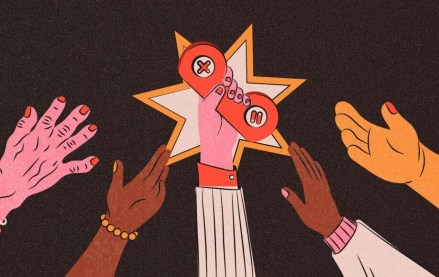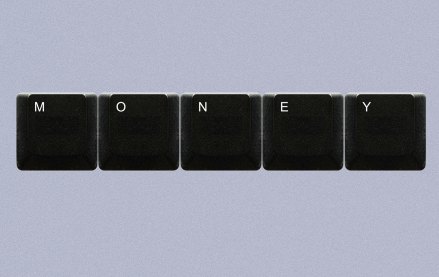There’s good news and bad news when it comes to the inefficiency of digital media. The good news is it appears the handcrafted ad process isn’t nearly as wasteful as the much-cited figure that 28 percent of ad buys go to transaction costs. The bad news is at least 8 percent still goes to that overhead.
Ad tech firm NextMark dove into the numbers in a study that sought to validate the 28 percent figure frequently cited by Google. After totaling up the various costs for agencies to put together a $500,000 media plan, NextMark found that a little over $40,000 went to simple tasks like trafficking ads, moving numbers between spreadsheets and the like. This is a rosier picture, yet it still shows that the online ad industry has a ways to go before it catches up with other media — transaction costs in TV, for instance, are often pegged at just 2 or 3 percent.
The main problems, according to NextMark CEO Joe Pych, are around the very basics of executing, implementing and reporting a plan. That means these high human costs aren’t even associated with how to put together an awesome media plan.
“People are spending too much time doing grunt work and copying and pasting from one system to another,” he said. “There’s a lot of low level work that should be automated.”
Pych ran his figures by a several digital agency veterans, who concurred they were directionally accurate. One thought it should be higher, between 10 and 12 percent, according to Pych. The caveat is the typical agency “it depends.” All campaigns are different, so mileage may vary. But overall, there’s an overall figure for transaction costs, and Pych feels like at this level.
“It’s death by a thousand cuts,” he said. “At the end of the day, there’s a lot of people scurrying around doing very, very basic things.”
There are, of course, many trying to solve this inefficiency problem. Google has made it a priority. MediaOcean was formed on this basis. Agency holding companies see their trading desks for models of how they can use technology to get leaner.
The unspoken truth is it involves fewer people. Agencies currently employ armies of junior people who are spending much of their time in Excel spreadsheets. For all the whiz-bang tech afforded by digital media, all roads typically lead back to the humble spreadsheet. All that cutting and pasting is expensive. Typically those preaching efficiency pretend that automation won’t mean agencies employing fewer people. That’s not the case. Automation in every industry means a shrunken but more specialized workforce. The same should happen in advertising.
A few weeks ago, I was told by a digital media executive that one of the holding company’s automated arms housing its trading desk was more profitable for it, with 300 people, than its enormous media agency network with over 10,000 people. The future of agencies is most likely somewhere in between, but closer to the automated unit’s makeup.
Assuming Pych’s analysis is accurate — you can dive into the specifics here — it leaves the question of Google’s figure. It is often bandied about without citation, but it would appear that Google is using a figure arrived at by investment research firm ThinkEquity.
More in Media

From sidelines to spotlight: Esports events are putting creators center stage
Esports events’ embrace of content creators reflects advertisers’ changing priorities across both gaming and the wider culture. In the past, marketers viewed esports as one of the best ways to reach gamers. In 2025, brands are instead prioritizing creators in their outreach to audiences across demographics and interest areas, including gaming.

Condé Nast and Hearst strike Amazon AI licensing deals for Rufus
Condé Nast and Hearst have joined the New York Times in signing a licensing deal with Amazon for its AI-powered shopping assistant Rufus.

Media Briefing: AI payouts may be entering a new era
AI compensation is evolving — and new models, not just publisher demands, are driving the shift beyond flat-fee licensing.





